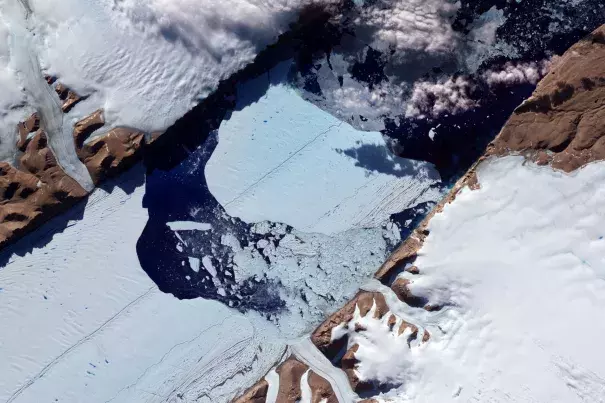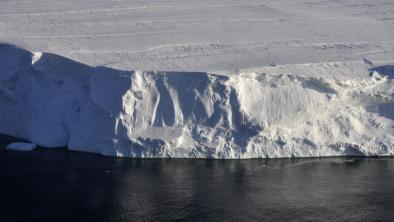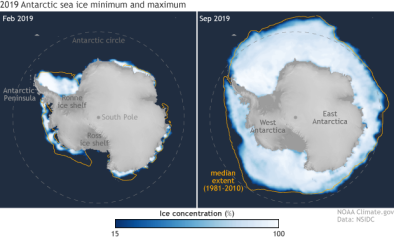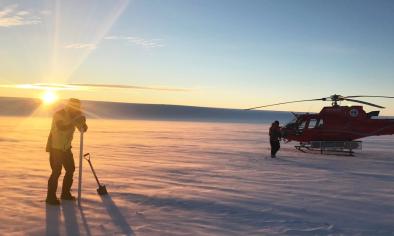These are the melting glaciers that might someday drown your city, according to NASA

New York City has plenty to worry about from sea level rise. But according to a new study by NASA researchers, it should worry specifically about two major glacier systems in Greenland’s northeast and northwest — but not so much about other parts of the vast northern ice sheet.
The research draws on a curious and counterintuitive insight that sea level researchers have emphasized in recent years: As ocean levels rise around the globe, they will not do so evenly. Rather, because of the enormous scale of the ice masses that are melting and feeding the oceans, there will be gravitational effects and even subtle effects on the crust and rotation of the Earth. This, in turn, will leave behind a particular “fingerprint” of sea level rise, depending on when and precisely which parts of Greenland or Antarctica collapse.
Now, Eric Larour, Erik Ivins and Surendra Adhikari of NASA’s Jet Propulsion Laboratory have teased out one fascinating implication of this finding: Different cities should fear the collapse of different large glaciers.
...
The research was published in Science Advances, accompanied by an online feature that allows you to choose from among 293 coastal cities and see how certain ice masses could affect them if the ice enters the ocean. The scientists also released a video that captures some of how it works.
The upshot is that New York needs to worry about certain parts of Greenland collapsing, but not so much others. Sydney, however, needs to worry about the loss of particular sectors of Antarctica — the ones farther away from it — and not so much about the ones nearer. And so on.
This is the case because sea level actually decreases near a large ice body that loses mass, because that mass no longer exerts the same gravitational pull on the ocean, which accordingly shifts farther away. This means that from a sea level rise perspective, one of the safest things is to live close to a large ice mass that is melting.
Related Content





